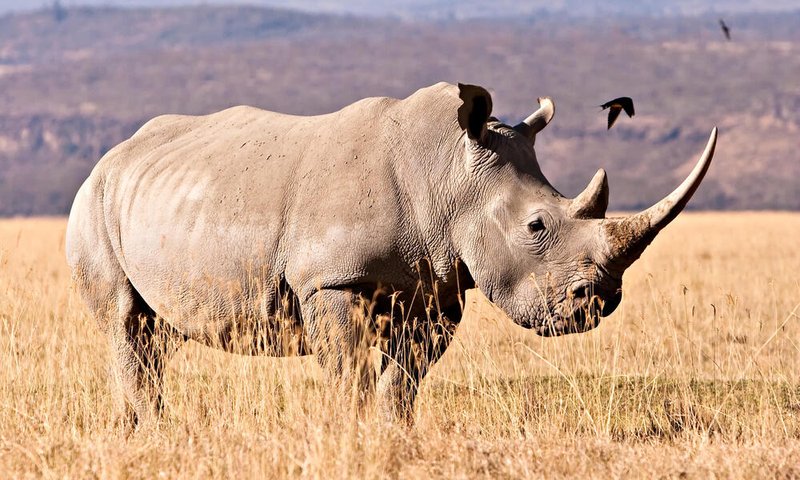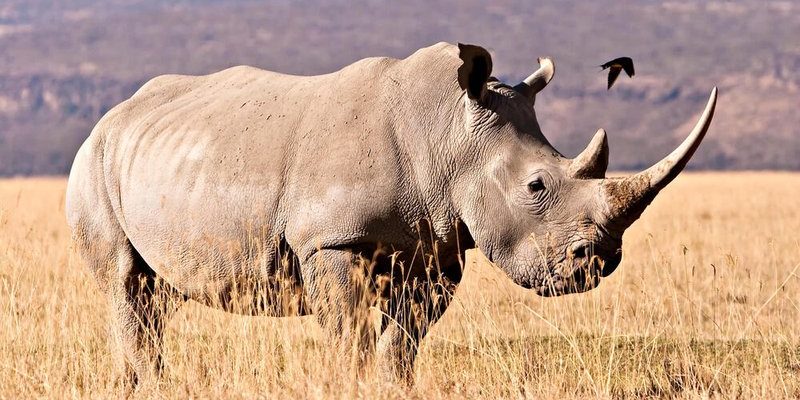
When we talk about whether the white rhinoceros is endangered, we dive into the complex world of wildlife conservation. It’s like peeling back the layers of an onion—you uncover shocking truths, passionate efforts, and hopeful signs of recovery. The white rhinoceros has faced significant threats over the years, from poaching to habitat loss. Let’s break down what’s happening and see where we stand globally.
Understanding the Status of the White Rhinoceros
Right now, the white rhinoceros is classified as near threatened. This status covers the species as a whole, but it’s important to know that there are two subspecies: the Southern white rhinoceros and the critically endangered Northern white rhinoceros. The Southern white rhino has made a bit of a comeback thanks to dedicated conservation efforts, but the Northern white rhino is on the brink of extinction, with only two females left.
But how did we get here? The decline of the white rhino started in the late 19th and early 20th centuries when hunting for their horns became rampant. Rhino horns are often sought after in traditional medicine or as status symbols, leading to intense poaching. Nowadays, the rhino’s horns can fetch enormous prices on the black market, making them a prime target for illegal wildlife trafficking.
The Southern White Rhino: A Conservation Success Story
The Southern white rhino, once down to just about 100 individuals in the late 1800s, has rebounded thanks to conservation efforts. Today, there are over 18,000 Southern white rhinos in the wild, primarily found in South Africa, Namibia, Zimbabwe, and Kenya. This resurgence is a testament to what can happen when communities come together with a shared goal.
Efforts include establishing national parks, wildlife reserves, and anti-poaching patrols. Local communities are also getting involved, benefiting from eco-tourism and the need to protect these magnificent creatures. It’s a great example of how conservation can work when everyone is on board.
Threats Facing the White Rhinoceros
Despite some successes, the white rhinoceros still faces numerous challenges. Poaching remains the most significant threat. Organized crime syndicates are heavily involved in the illegal trade of rhino horns, making it incredibly difficult to combat. These poachers use advanced techniques and weaponry, often putting park rangers and local communities at risk.
Additionally, habitat loss is a serious concern. As cities expand and agricultural land increases, the natural habitats where rhinoceroses thrive are shrinking. Climate change adds another layer of complexity, as shifting weather patterns can alter the ecosystems these animals rely on. This means that even if we manage to protect them from poachers, they may struggle to find suitable places to live.
The Role of Conservation Organizations
Many organizations are working tirelessly to protect the white rhinoceros. Groups like the World Wildlife Fund (WWF) and the International Rhino Foundation are crucial players in this effort. They focus on a mix of strategies, including:
- Anti-poaching patrols and ranger training
- Community education and involvement
- Habitat restoration projects
- Research and monitoring of rhino populations
These organizations often partner with local governments and communities to ensure that conservation efforts have a lasting impact. It’s a collaborative effort that shows how we can all play a part in protecting our planet’s precious wildlife.
How Can You Help? Ways to Support Rhino Conservation
You might be thinking, “What can I do to help?” That’s a great question! Here are some simple ways you can support the conservation of the white rhinoceros:
- Raise Awareness: Share articles and stories about rhinos on social media. The more people know about the situation, the more likely they are to care.
- Support Conservation Organizations: Consider donating to or volunteering with organizations focused on wildlife preservation.
- Choose Sustainable Products: Be mindful of what you buy. Avoid products made from endangered species and support sustainable brands.
- Visit National Parks: Eco-tourism can provide essential funding for conservation efforts while also supporting local economies.
Every little bit helps. You may not be able to head out to Africa and patrol the grasslands, but you can make a difference from where you are.
The Importance of Education
Education plays a crucial role in conservation. Understanding the issues facing rhinoceroses can inspire people to take action. Schools and community programs that focus on wildlife conservation can create a generation more aware of these challenges. It’s about instilling a sense of responsibility toward protecting our planet’s wildlife.
Local communities, especially in regions where rhinos live, should be educated about the value of conservation. When people understand how protecting rhinos can benefit them economically and ecologically, they’re more likely to support these efforts.
Global Efforts and Future Outlook
The future of the white rhinoceros is a mixed bag. On one hand, conservation success stories like the Southern white rhino show that recovery is possible. On the other hand, with the Northern white rhino hanging on by a thread, the urgency is real. Global cooperation is key to addressing poaching and habitat loss.
Innovative methods, like using advanced technology for monitoring and tracking rhino populations, are becoming more common. For instance, drones and camera traps help rangers keep an eye on the rhinos and identify poaching hotspots. It’s a race against time, but with continued effort and innovation, there’s hope.
The Role of Legislation
Effective laws are essential for protecting rhinoceros populations. Many countries have regulations in place to combat poaching and the illegal trade of rhino products, but enforcement is often lacking. International agreements, like the Convention on International Trade in Endangered Species (CITES), aim to regulate the trade of rhino horns and other wildlife products.
Strengthening laws and ensuring they’re enforced can make a big difference. Governments need to take a stand against poaching, holding criminals accountable and protecting these incredible animals. The more countries commit to wildlife protection, the better chances we have of saving the white rhinoceros.
In the end, the question of whether the white rhinoceros is endangered carries a lot of weight. While there are some bright spots, the overall situation is dire, especially for the Northern white rhino. Understanding the issues, supporting conservation efforts, and taking action in our own lives are vital steps we can all take.
Conservation is not just the responsibility of governments and organizations; it’s a shared duty. When we come together as a global community to protect our planet’s wildlife, we not only save species like the white rhinoceros but also enrich our own lives. Let’s keep the conversation going and work towards a brighter future for these incredible creatures.

